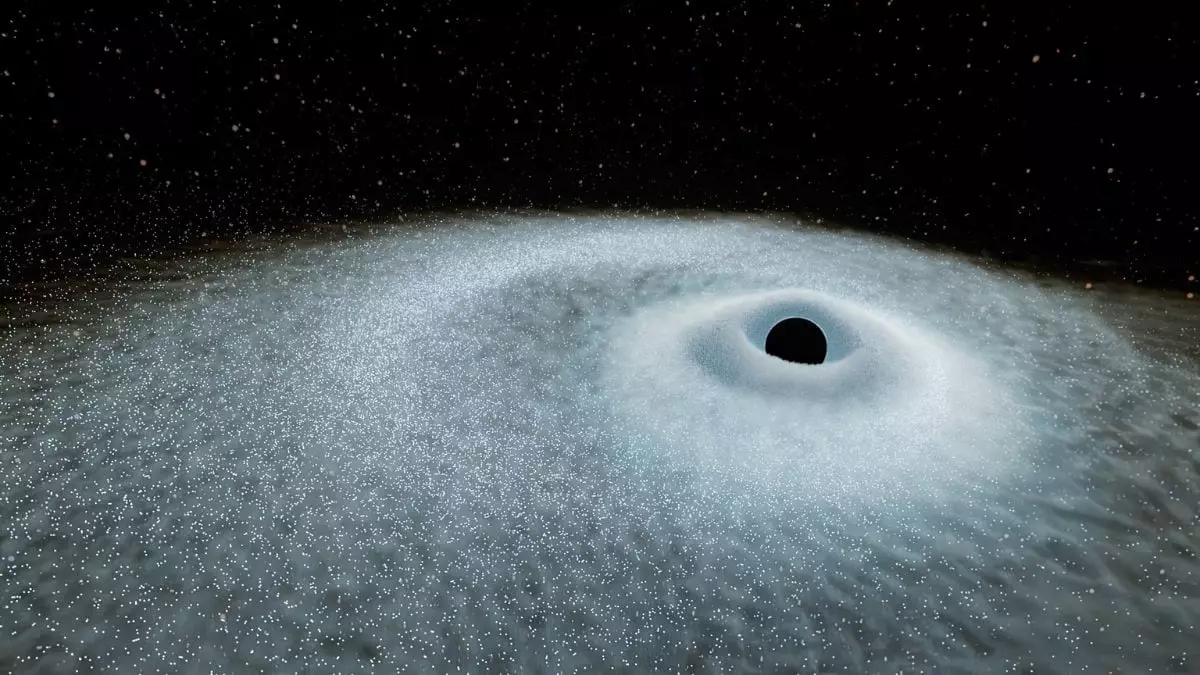The cosmos is a treacherous playground filled with events that both mystify and enthrall. Among these cosmic phenomena are the newly identified extreme nuclear transients (ENTs), which stand as the most potent explosions captured by astronomers to date. These rare and extraordinary events occur when stars—at least three times heftier than our Sun—are devoured by supermassive black holes. While the astronomical community has cataloged numerous cataclysmic events in the past, the unparalleled intensity of ENTs, which emit energy levels nearly ten times greater than traditional tidal disruption events, shatters prior expectations. Such discoveries push the boundaries of our understanding of the universe, challenging us to rethink existing paradigms of stellar evolution and black hole behavior.
Unearthing Galactic Mysteries
The pivotal moment in our exploration of ENTs came with the astute observations made by a team led by Jason Hinkle of the University of Hawaii’s Institute for Astronomy. During the analysis of data collected by the European Space Agency’s Gaia spacecraft from 2016 to 2018, two mysterious flares unveiled their formidable presence. Coupled with a subsequent flare detected in 2020 by the Zwicky Transient Facility, these dramatic celestial outbursts formed a triad of ENTs that indicated something much greater at play. The implications of these explosions extend far beyond mere spectacle; they force us to reconsider fundamental ideas about energy release in the universe’s most extreme realms.
The Implications for Cosmology
What makes ENTs particularly compelling is their longevity and intensity. Astronomers observe that these eruptions produce more energy than traditional supernovae and can manifest over extended durations, outlasting the brief bursts typically associated with tidal disruptions. Their brightness provides a unique window into the heart of distant galactic centers, allowing for a deeper understanding of supermassive black holes. As co-author Benjamin Shappee aptly highlights, these “flares are shining a light on the growth of supermassive black holes” during some of the universe’s formative years. Their remarkable visibility serves as a powerful statistical tool, poised to revolutionize cosmological studies.
However, the journey does not end here. Although the current findings expand our understanding, they also underscore the complexity of ENTs. The scientific community is far from fully deciphering these enigmatic events, hinting at the boundless mysteries that linger in the universe. Future missions equipped with advanced instruments may yield even more discoveries, prompting an accelerating evolution in our approach to studying black holes and the energetic interactions of stars within galaxies.
A Call to Embrace the Unknown
Astrophysics uncovers new narratives constantly, but the emergence of ENTs presents an intriguing crossroads. These findings not only redefine how we conceptualize black holes but also challenge predetermined notions of cosmic order. As humanity stands at the precipice of understanding, it is vital to cultivate a healthy curiosity for the unknown. The cosmos may possess chaotic and violent beauty that eludes our comprehension, yet it also offers a boundless capacity for wonder. Acknowledging that the universe is not merely a collection of stars and voids but a vibrant theater of energetic interactions will drive the next phase of exploration. In this cosmic chaos lies an opportunity for enlightenment and profound discovery—one that beckons us to delve deeper into the realm of extreme nuclear transients.


Leave a Reply